Touch screen POS machine is the auxiliary equipment required by modern commercial enterprises. It is mainly used in shopping malls, supermarkets, chain stores, hotels, restaurants, bookstores, gas stations and other industries. The touch-screen cash register, combined with the POS cash register software, adopts an all-in-one computer, combined with external guest display, cash box, etc., to form a perfect advanced touch-screen intelligent cash register system. The advantages of the touch-screen cash register are as follows:
- Touch-screen cash register adopts new touch control technology, which can add color to the work of employees and improve their work enthusiasm. At the same time, the operation time of employees is reduced and the efficiency is improved.
- Touch-screen cash register is a great integration of hardware and software. Compared with traditional POS machines, it has a great advantage in space utilization, can help enterprises create a comfortable leisure and shopping environment, and improve the service level for enterprises.
- The all-in-one touch screen cash register is more outstanding in energy saving, which is 70% of the energy consumption of traditional computers. Can save costs for enterprises.
- Touch-screen cash register can enhance the overall image of the enterprise, and the application of new technology can convey potential information to customers. It also invisibly promotes advertising for the enterprise, enhances the overall image of the enterprise, and develops customer loyalty.
- The unique integrated design of touch screen cash register solves the trouble in equipment management for enterprises. Traditional computers are easy to steal important components such as memory, while integrated computers can avoid this embarrassment.
- On the traditional POS cash register, the touch screen cash register can not only complete the settlement function, but also use all kinds of auxiliary software (query, display, etc.) in one machine, excellent quality and reasonable price.









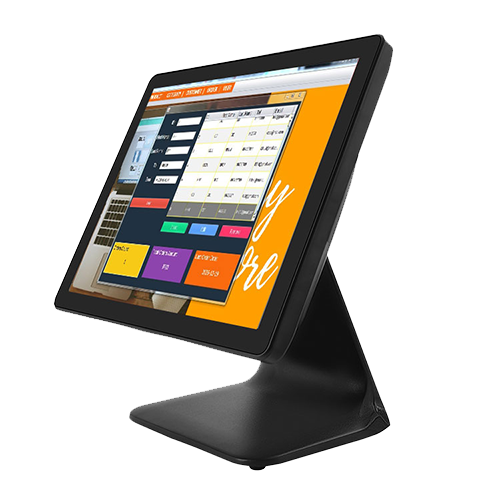




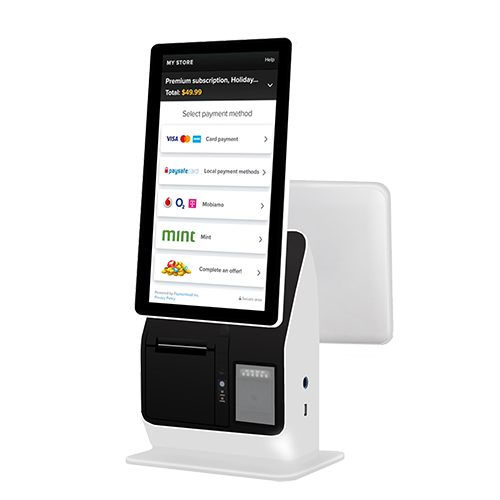


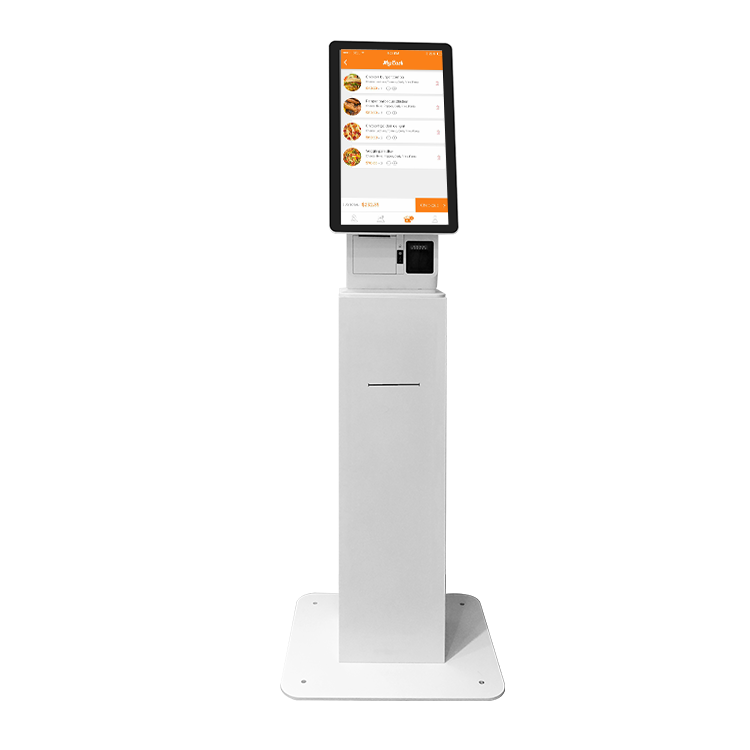




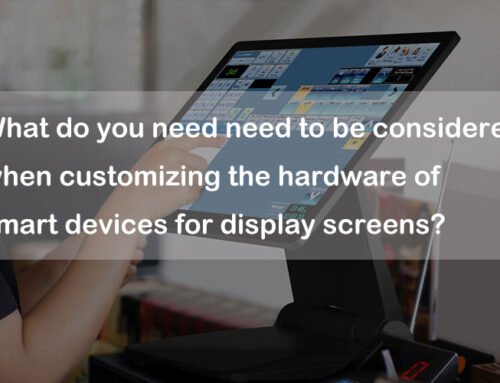
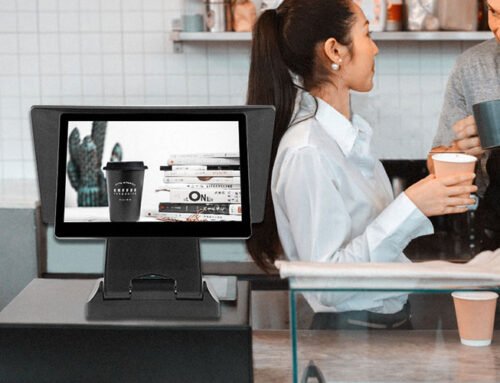
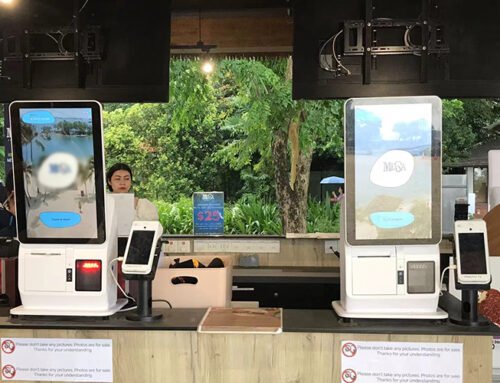
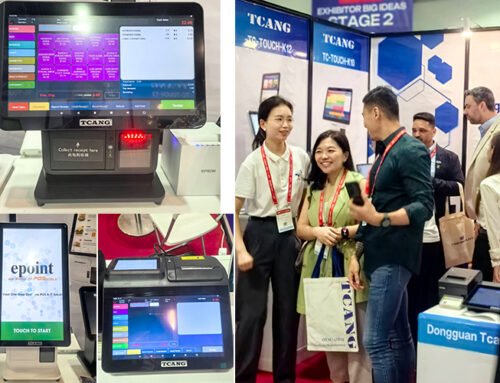
MDJHLnxkg